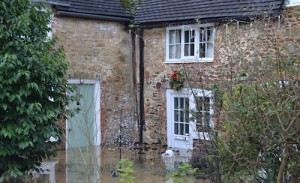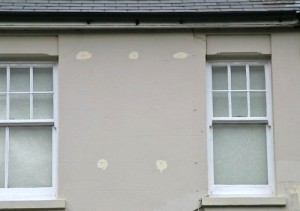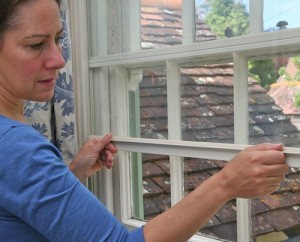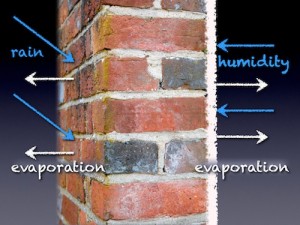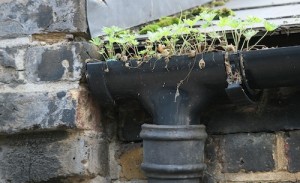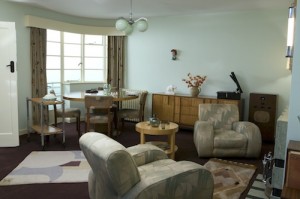renovation
Flooding is something I’ve already written about but it seemed important to think about the insurance implications relating to old buildings. In this Q & A I’ve asked Amanda Harman, who works as senior client manager of High Value Households at Aon Private Clients, for her views: What are the particular insurance issues relating to…
Read the full story ->Retrofit requires an understanding of the building coupled with an holistic approach. This may sound simple but it isn’t, buildings – especially old buildings – are many layered entities and it’s not only the structure that has to be considered, it’s the behaviour of the building’s occupants. When planning retrofit strategies, heritage, technical and energy…
Read the full story ->Flooding may not be making the headlines anymore but there are still plenty of people with homes that have suffered damage. What worries me is that I’m hearing about insurance companies, loss adjusters, landlords and contractors who are pushing ahead with inappropriate and rushed work to older buildings without thinking about the long term consequences.…
Read the full story ->A question about cavity wall insulation may not be one that you’d expect to be asked when talking about old buildings. Generally, cavity walls are regarded as a modern form of construction but the subject has cropped up a couple of times in the Q&A sessions at the SPAB Old House Eco Courses that I…
Read the full story ->Replacing or double glazing old windows in the name of energy efficiency is expensive and hugely destructive to our heritage. There is another way: secondary glazing. Secondary glazing added to the inside of a window has little impact on the look of the building, does negligible damage and is reversible. Equally importantly, secondary glazing cuts…
Read the full story ->When it comes to old buildings and making them energy efficient there’s one very important point to understand: old buildings work in a different way to modern buildings. Old solid wall buildings – whether medieval timber-framed houses or Edwardian terraces – are designed to allow a degree of moisture penetration into their structure. But, and…
Read the full story ->In Britain we frequently take old houses for granted but in the USA they’re very often seen as much more special. I was reminded of this recently when I arrived on Martha’s Vineyard, in Massachusetts, and picked up a copy of the Vineyard Gazette. On the front page was a story about a three centuries…
Read the full story ->Maybe it’s because you’re busy or perhaps you’ve just lived in your home for so long that you no longer notice the crack in the wall or the damp in the spare room, but more and more UK homes are falling into disrepair because of neglect. In fact, around 11 per cent are now in…
Read the full story ->When a homeowner asks what they should do when starting a renovation project, I usually suggest that they should understand the building. I don’t just mean getting to know the structure and it’s idiosyncrasies, I mean really getting to know it, and its context, so that mistakes are avoided. All buildings, whether they’re churches, castles,…
Read the full story ->Incandescent light bulbs (lamps) have illuminated the world for more than a century. They’ve done it in a way that has felt natural in historic interiors and has been flattering to the complexion because traditional tungsten filaments provide a spectrum of light not dissimilar to fire or candlelight. Now they’ve been banned in favour of…
Read the full story ->Each time I write a book I say to myself “never again”. This is all very well but when a good idea comes along it’s hard to resist. Towards the end of 2010 I watched as the ink dried on my signature at the bottom of a contract for “a book provisionally entitled ‘The Old…
Read the full story ->
